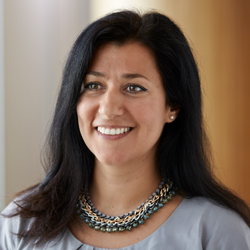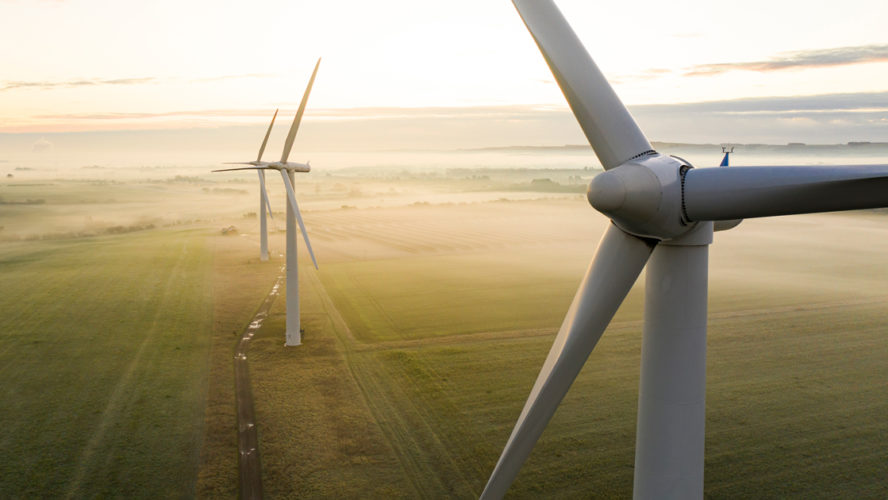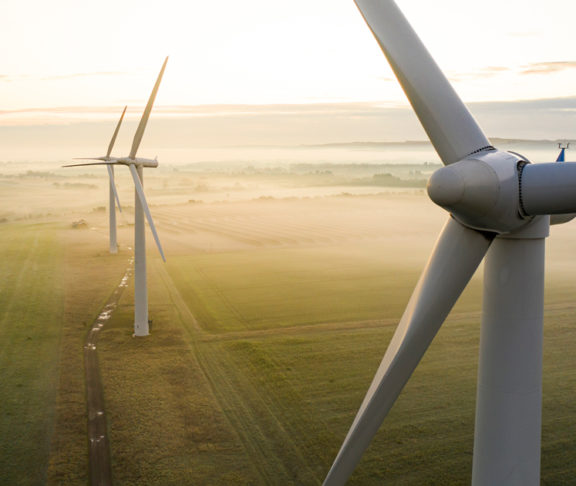
Shami Nissan
Head of Sustainability, Actis
Sustainability is increasingly mission critical for investors- how does this translate into action?
COP26 was an important milestone, in a way that previous conferences did not quite manage. It highlighted the need for urgent action from businesses on the climate crisis, particularly when it comes to energy transition.
Of course, this entails costs and so businesses are now turning their mind to how to finance this: leading the field is Actis, a leading global investor in sustainable infrastructure, which recently raised USD 6 billion of investable capital for energy transition opportunities.
Investing in energy transition
“We are really delighted that we have mobilised that capital,” says Shami Nissan, Head of Sustainability at Actis. “It’s about investing behind the need for energy transition. This means building long term businesses that will make power generation and electricity distribution more efficient and accessible, especially in growing economies in South America, Africa and India. COP has offered an unprecedented level of understanding behind climate crisis.”
Sustainable investing is mission critical which is why it is at the forefront of our investee companies’ strategies. So, what does the next generation of action look like? “Sustainability is woven through strategies in a more fundamental way than before,” says Shami. “There will be more transparency and accountability as there has been an explosion of net zero commitments. The era of self-certified achievements is coming to an end. From now on there will be much more credible third party valuations, involving disclosure, scrutiny and monitoring.”
Our approach means we will attract and keep the best talent and there will be a lower cost of capital.
Thinking holistically about goals
The focus is even wider than the environment. “It is not just about decarbonisation,” says Shami. “We also have to think about the people aspect of it. When it comes to ESG [environmental, social and corporate governance] we have to focus on the S and the G. We need to connect all the areas and think holistically. For example, when we’re making decisions about land use, we have to think about commitments to the local communities, which involves a broader appreciation of sustainability.”
The entire global economy will have to sit up to take notice, Actis’ sector focus is on energy, real estate and digital. “For energy, we will invest in renewables and transition technology,” says Shami. “In real estate we are looking at green buildings and increasing efficiency measures from the planning stage onwards.”
An example of this approach is in Latin America, where the company has trained 800 women in local communities to work on solar panel installations. “Their job prospects are improved and it gives them an opportunity to connect with the wider picture,” says Shami.
Monitoring and measuring investments
To monitor its work in this area, in 2019 the company established AIS – Action Impact ScoreTM. “We apply it to every investment we make,” says Shami. “We set a benchmark at the beginning of an investment and define and measure the impact. The difference is the impact multiple. It is not just qualitative; it is a specific measurement which sits alongside the financial performance when we report to investors.
“The key is intentionality: what can we do to deliberately increase our impact? It could be job creation or associated key performance indicators such as the number of women employed, the ratio of expats to locals, or whether these are permanent or temporary jobs. We measure them as we go along. There may be other frameworks. It is an open-source methodology: there is no black box or smoke and mirrors.”
A key principle is that value drives value. “We are marrying our sustainable investment to financial value,” says Shami. “Our approach means we will attract and keep the best talent and there will be a lower cost of capital. It is a more strategic relationship: our mission is that each company becomes the sustainability leader in its own market.”


